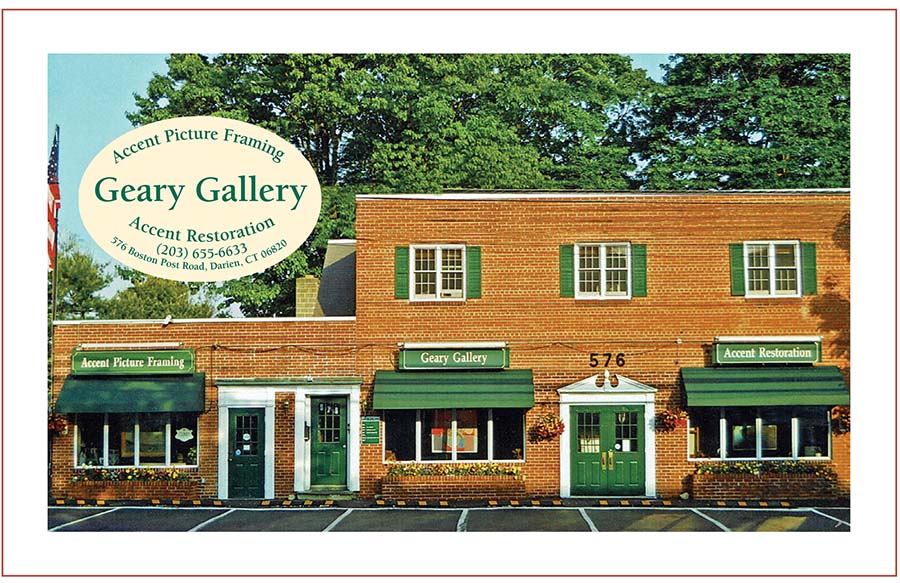Art Show | written by: CAROL GUTHRIE
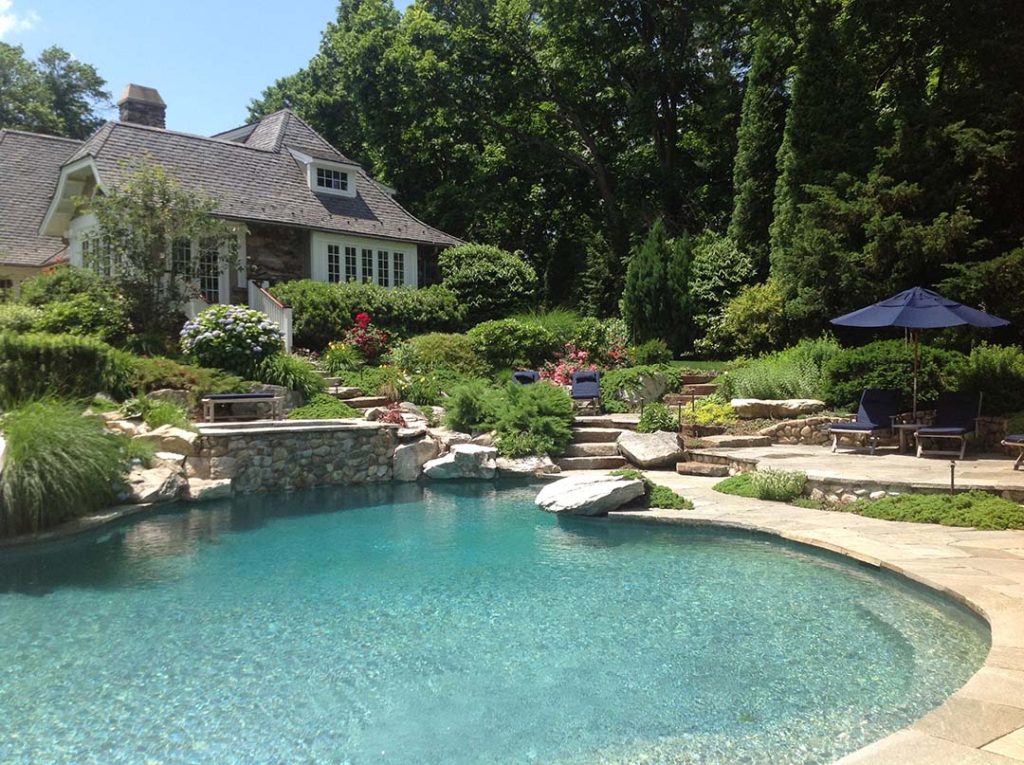
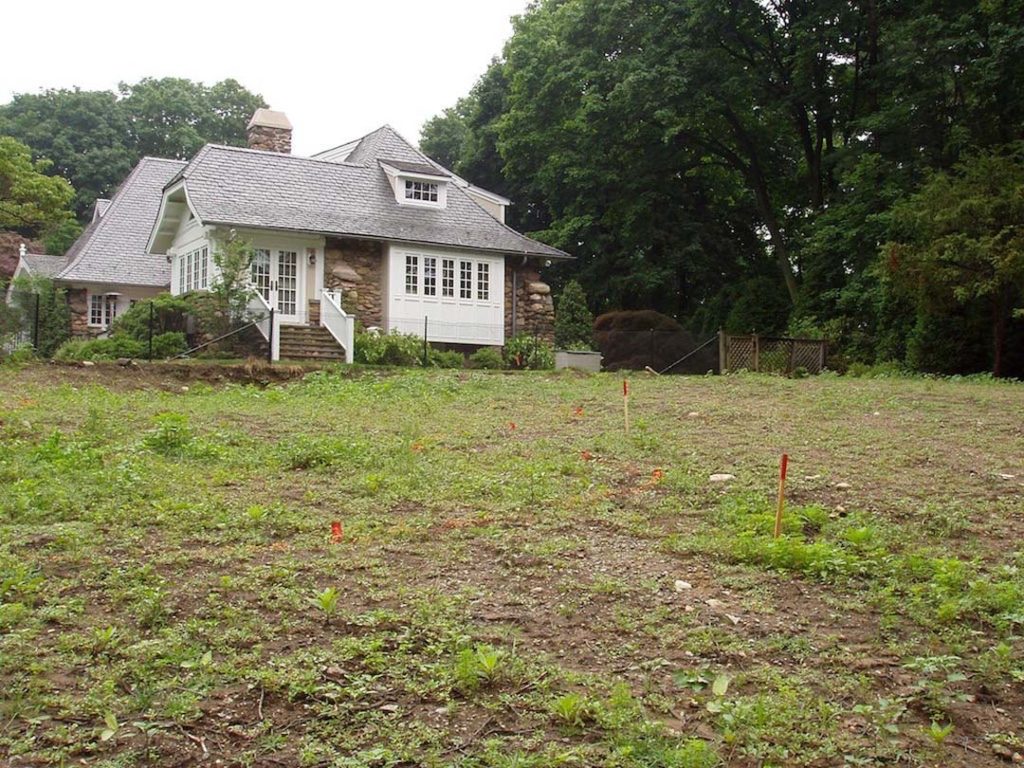
left: How to carve a fabulous, three-level space from a weedy, amorphous slope right: The slope before / / photographs courtesy: Carol Guthrie
All good art comes down to composition. In this, landscape design is no different. Yet it’s often the last thing most people think about when planting, if they think about it at all.
At its simplest level, good composition involves two elements —form and focus. To this you must add an additional requirement: the need for function.
As with painting, sculpture or other fine art, good landscape design earns its keep in pleasing (or challenging) the eye, but it must go further. Here’s a bit more on how it works.
Form
The basic starting point in designing a landscape is essentially creating or manipulating space, what I call form. As in architecture, there are many ways to define or suggest space, sometimes using architectural materials, but often utilizing plants to suggest or define it. A hedge is a very clear example of this, but a triad of trees, a grouping of shrubs, or even a bold line can also create a pleasing perception of space.
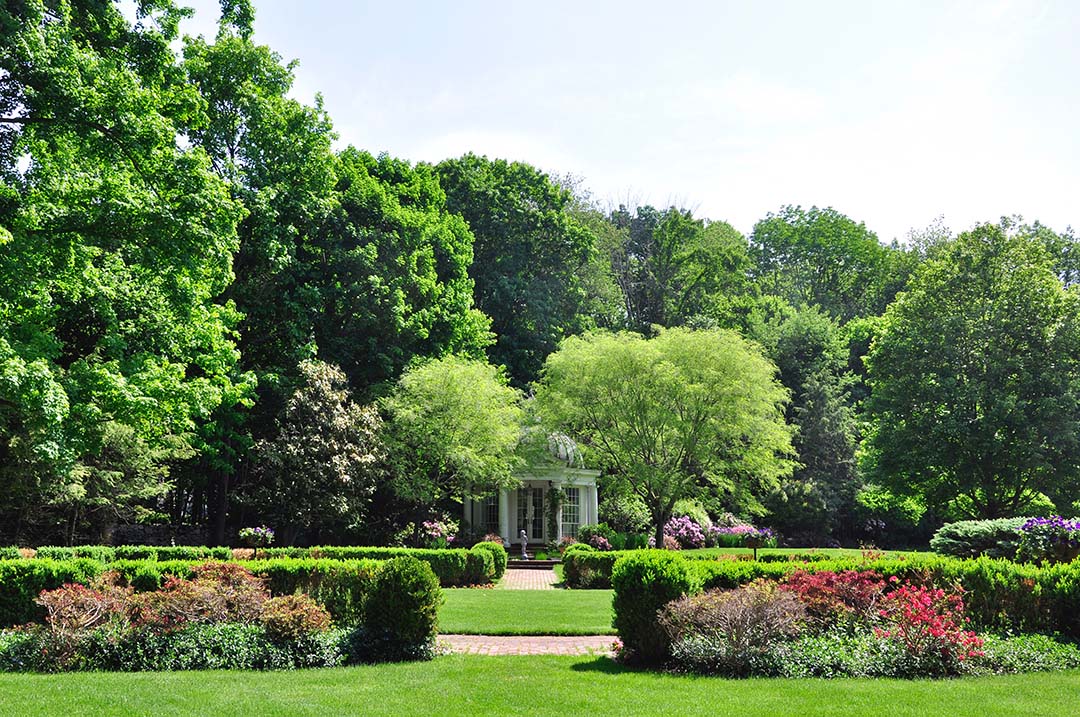
This architectural landscape is completed by a powerful focal point in the form of a Georgian garden folly
Focus
Once a space has been created, it benefits from a focal point (or series of focal points) to “organize” it. Think of how strongly a fireplace anchors a room.
The possibilities in landscape design are endless: an inviting bench at the end of a path, a sculpture in the distance that demands exploration, an explosion of color that sparks joy in the destination.
Certainly it is important for integrating a home into its surroundings, emphasizing its assets, disguising flaws, and generally creating a sense of welcome—curb appeal at its best.
Function
It is wonderful to have everything feel and look good, but the most important part of the artistry of landscape design is its underlying functionality. Are the steps easy to navigate? Are paths sufficiently wide? Are there flaws I must disguise? Have humble practical requirements such as drainage been handled creatively?
Good landscape design is so much more than a pretty tree or lots of flowers. At its best and most effective, it creates space, and then guides us through it, physically and visually.
Where is the entrance?
Where can I sit?
What is that enticing object in the distance?
Landscape design give us the settings for our lives, and it’s well worth our efforts to paint it right.
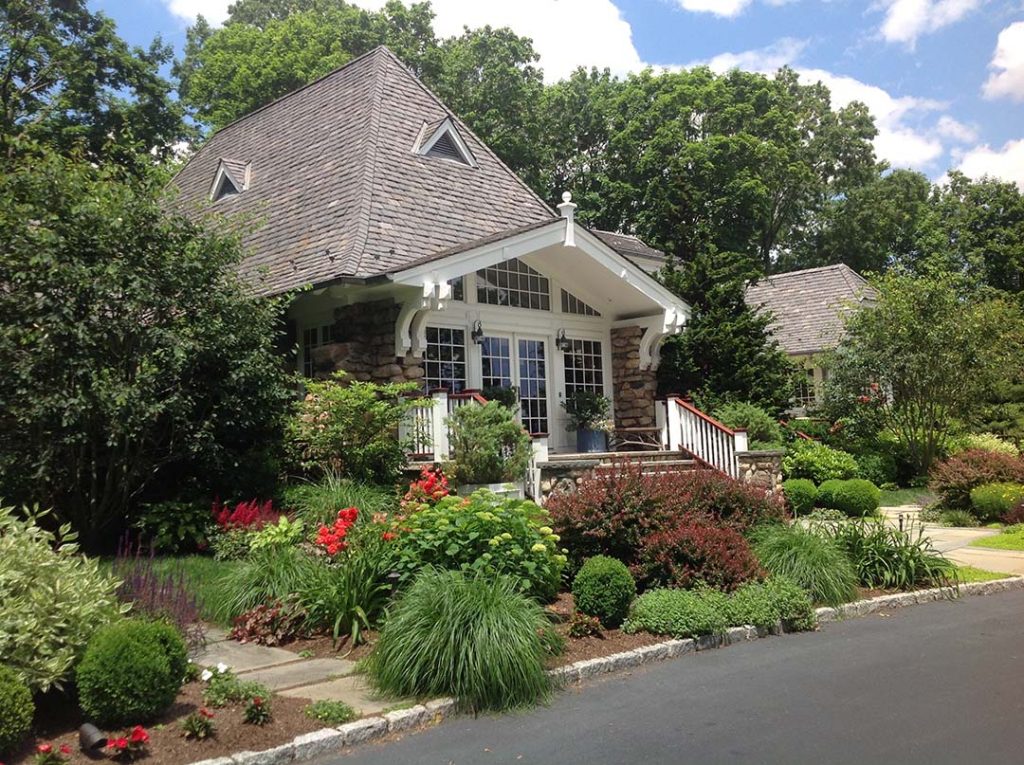
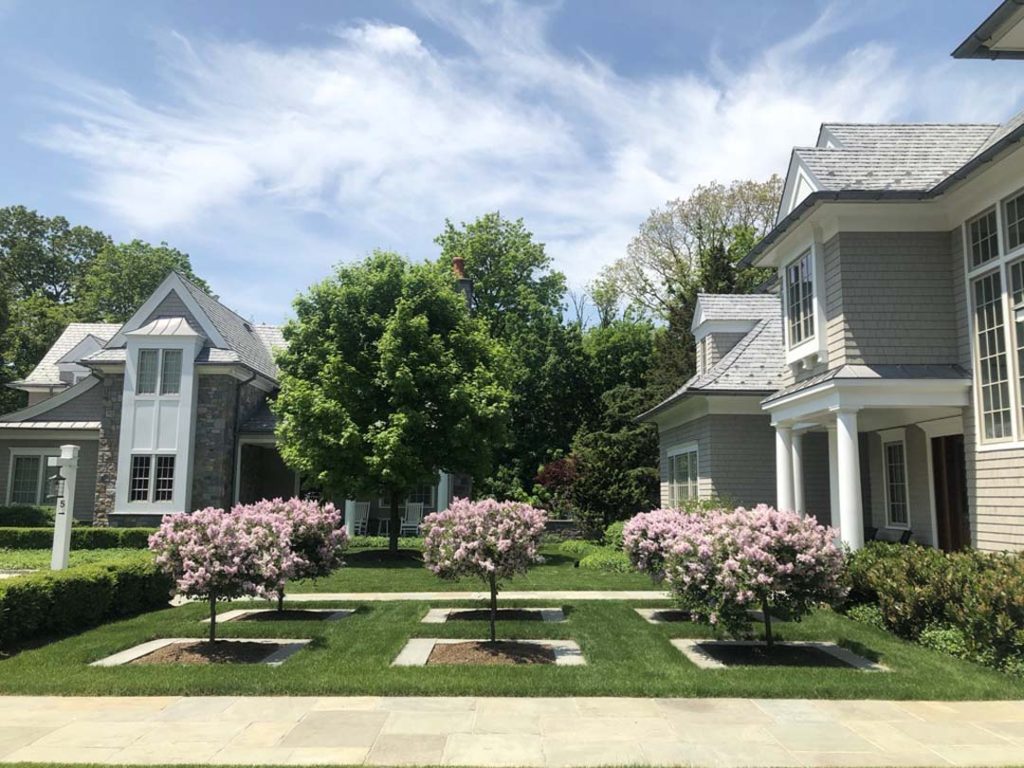
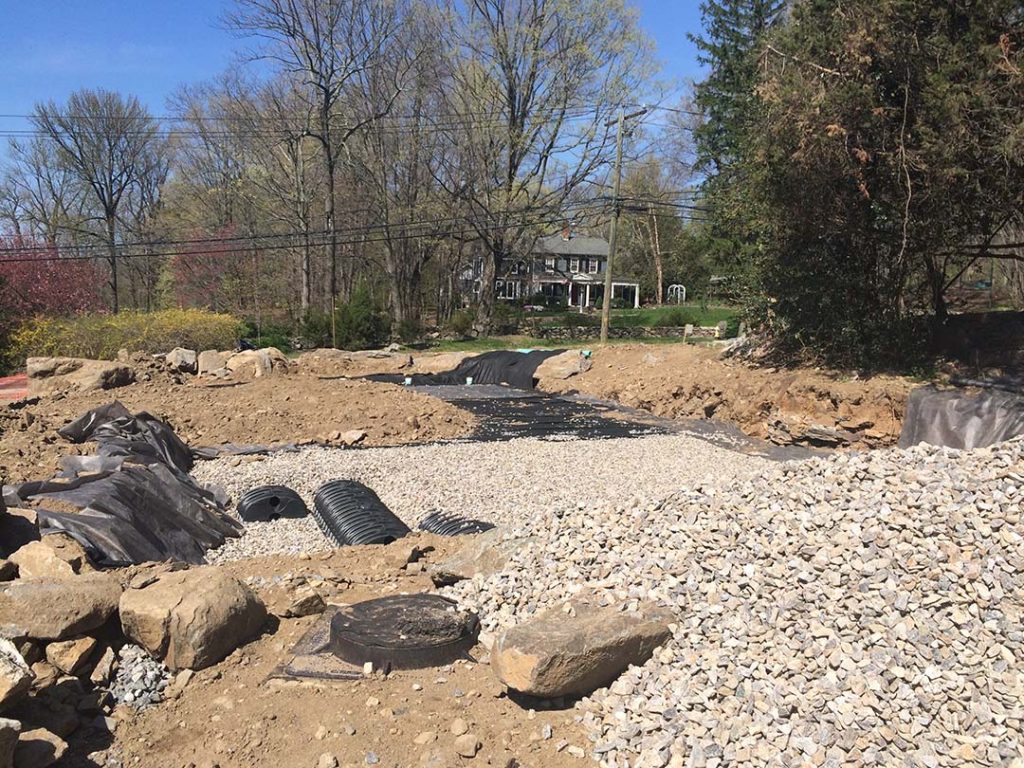
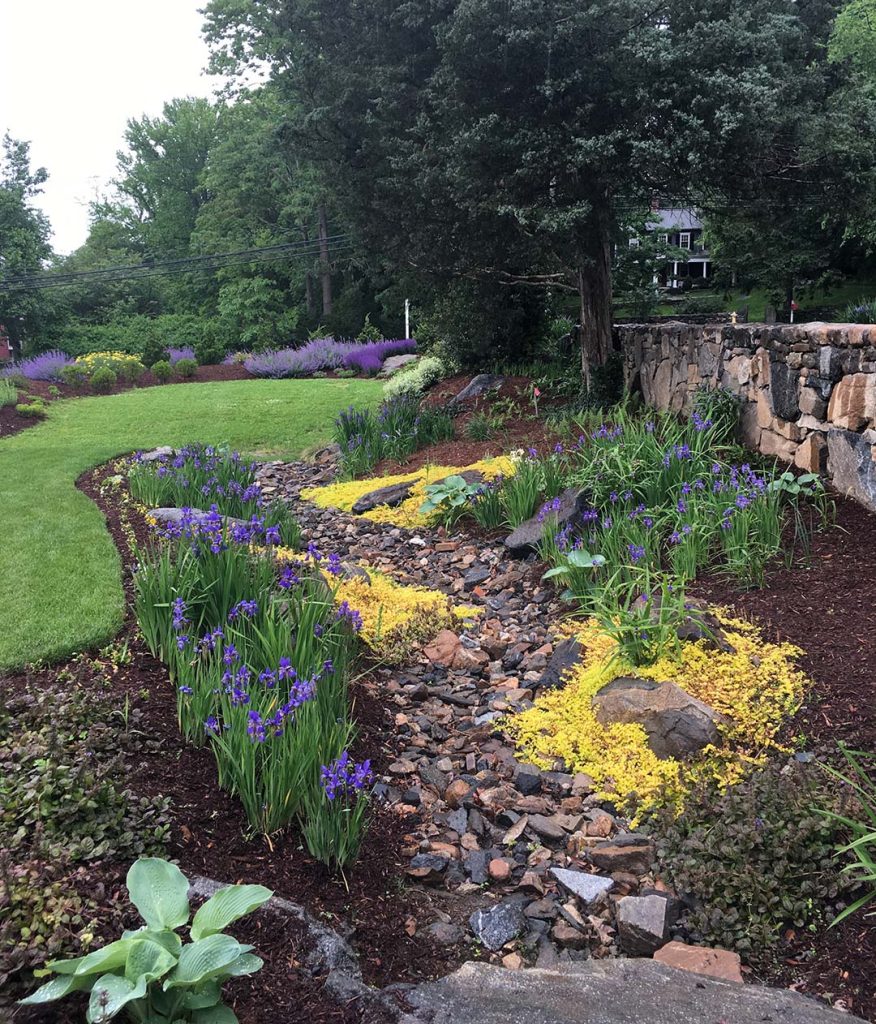
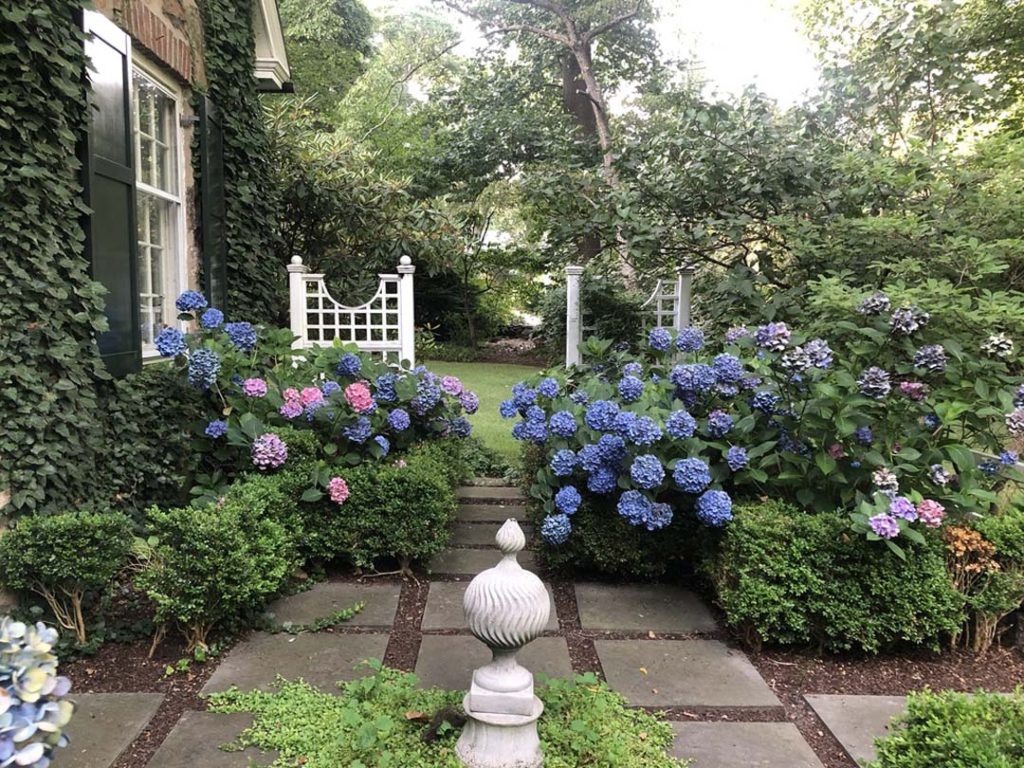
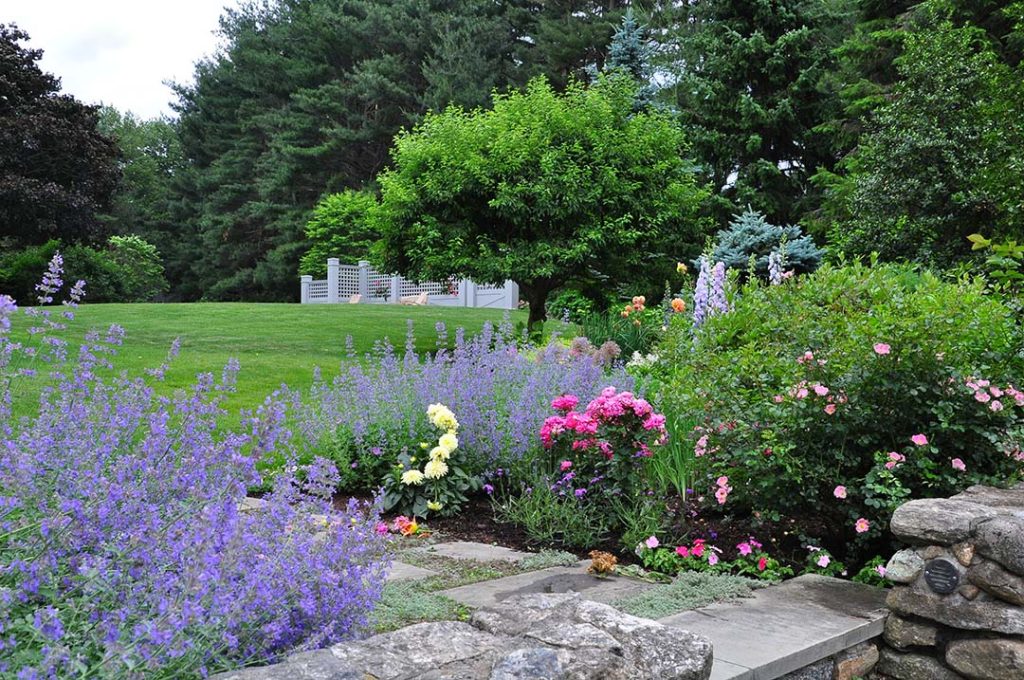
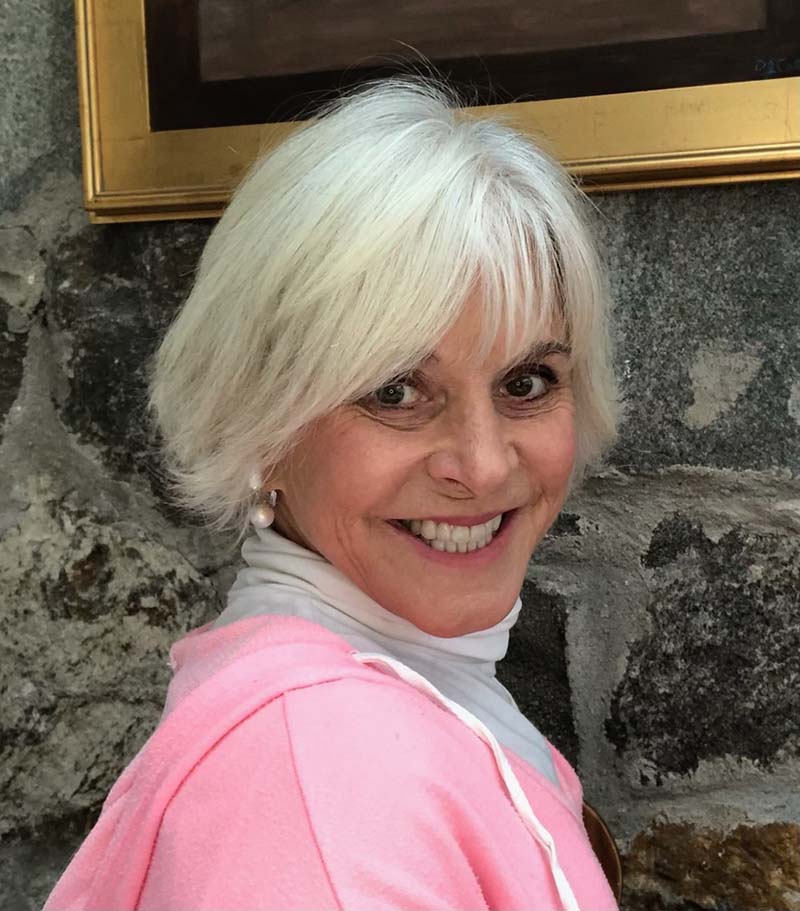
CAROL GUTHRIE, landscape designer and resident of Darien, CT, widely featured in publications including The New York Times, is the landscape design artist behind local developer Penny Glassmeyer’s many residential and commercial projects including Grove Street Plaza, 17 Old King’s Highway South and the transformation of the Knobel’s Hardware property into the six lovely residences called Knobel Hill on Settler’s Trail. To learn more, you can reach Carol at parterre@optonline.net or 203-655-0487.
